Many parents find that their child's eyesight is not clear. When they go to the doctor, they find that both eyes are weak, with one eye having only 1/10 vision. The doctor concludes that the child has amblyopia, also known as lazy eye, a fairly common eye disease in children but rarely gets attention.
Amblyopia is a condition of impaired vision in one or both eyes due to abnormalities in the development of the child's visual system. Children with vision below 7/10 or a difference in vision of more than 2 lines on the eye chart are called amblyopia.
N RISK OF BLINDNESS
An 8-year-old boy (in Ngu Hanh Son District, Da Nang City) was taken for a health check-up 8 months ago and was accidentally found to have 1/10 vision in his left eye and 7/10 vision in his right eye. Refraction showed that his right eye had 0.75 diopter astigmatism, his left eye had 4 diopters of farsightedness and 0.5 diopter astigmatism. After glasses correction, his right eye had 10/10 vision, while his left eye had only 1/10. In conclusion, the child's left eye had severe amblyopia.
A 5-year-old girl (in Lien Chieu District, Da Nang City) was taken by her mother to the Da Nang Maternity and Pediatrics Hospital for examination several months ago because she often squinted and had to stand too close to the TV to watch. Through examination, it was discovered that the child's vision was very weak, especially since she had a history of premature birth at 30 weeks (weighing 1 kg). Through refraction, the right eye was nearsighted 8 degrees with astigmatism 3 degrees, the left eye was nearsighted 7 degrees with astigmatism 2 degrees. After correction of glasses, the right eye's vision was 2/10, the left eye 3/10.
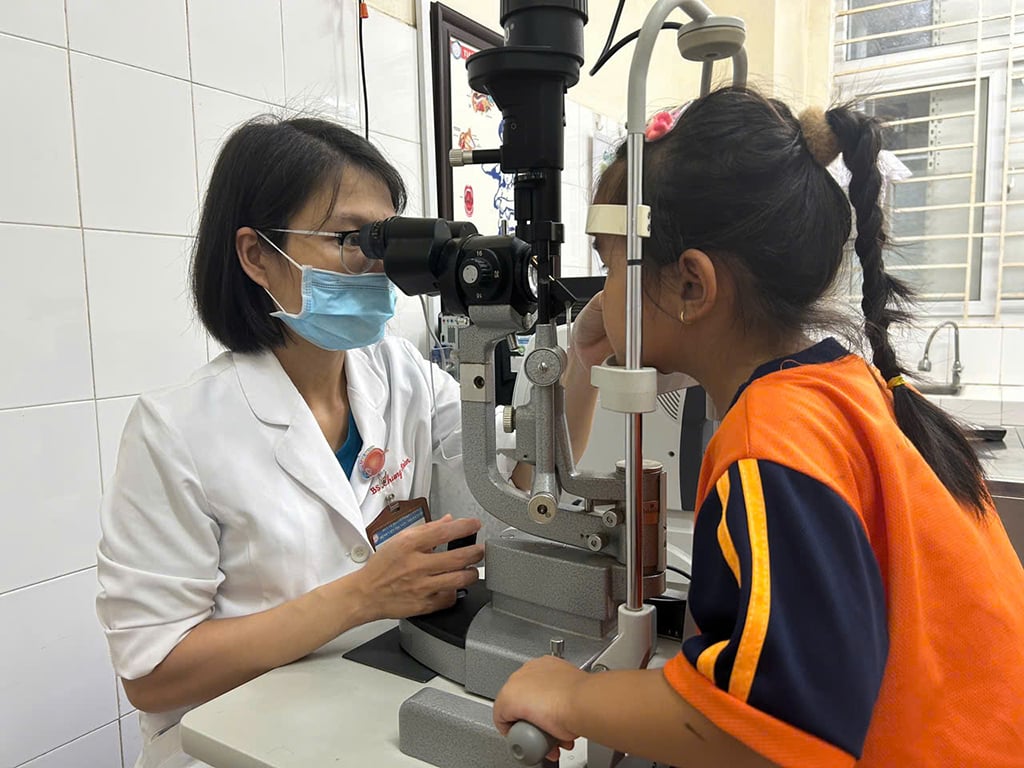
Checking refractive errors in children at Danang Maternity and Pediatrics Hospital
Doctor Nguyen Thi Chung Toan, Department of Ophthalmology - Da Nang Obstetrics and Pediatrics Hospital, who has directly treated the two children mentioned above for many months, said that both of them have severe amblyopia.
"In many cases with such severe amblyopia, if not detected and treated promptly, amblyopia will be at risk of permanent blindness. Children need to be detected early and treated in the golden stage, under 8 years old, when the child's optic nerve system is still in the final stage. Early and persistent treatment can achieve the target vision of 8 - 10/10," Dr. Toan noted.
GUARANTEED TREATMENT IN THE GOLDEN TIME
Dr. Toan provided more information about the treatment process: For the case of an 8-year-old patient, he was prescribed glasses with the correct prescription, and at the same time practiced covering the good eye, that is, the right eye, 6 hours/day, to stimulate the left eye to increase activity. As a result, after 1 month of treatment, the left eye with amblyopia from 1/10 improved to 3/10; after 3 months it increased to 5/10; after 8 months, vision reached 7/10 and continued monitoring to avoid recurrence of amblyopia.
As for the 5-year-old patient, the treatment is to wear glasses with the right prescription, without covering the eyes because the difference in the two eyes is not much. After 3 months of treatment, the child's right eye vision reached 5/10 and the left eye was 7/10. At this time, the doctors decided to change the treatment regimen: continue to use glasses but cover the left eye, the good eye, 2 hours/day. "The patient does exercises such as stringing beads, assembling legos, drawing, jigsaw puzzles, using amblyopia training software on the computer... to stimulate vision," said Dr. Toan.
According to doctors, the two patients mentioned above were both detected and treated during the golden period for amblyopia, under 8 years old. Usually after 8 years old, the golden period is over, but that does not mean that treatment is impossible. In fact, treatment is still possible, but the response will be much worse and slower. After 13 years old, the response rate is extremely low, even no improvement.
"Family members can pay attention to some signs to recognize that their child has amblyopia. These include children often squinting, blinking, rubbing their eyes, having tired eyes, tilting their head or neck when looking, tripping easily when walking, having difficulty seeing the board, etc. When children have these signs, family members should take them to an eye specialist for timely examination and treatment," Dr. Toan advised.
The cause of amblyopia is often due to high refractive errors such as nearsightedness, farsightedness, astigmatism, or a large refractive difference between the two eyes, causing amblyopia that is not detected early. In addition, there are also pathological causes such as congenital ptosis, strabismus, or cataracts... that hinder visual transmission, causing amblyopia.
Doctors also note that parents need to monitor the eyes of children with a history of premature birth, this is a group of children with a higher rate of refractive eye errors than normal.
Source: https://thanhnien.vn/dung-bo-qua-giai-doan-vang-dieu-tri-nhuoc-thi-cho-tre-185241120164513576.htm


![[Photo] Prime Minister Pham Minh Chinh meets with the Policy Advisory Council on Private Economic Development](https://vphoto.vietnam.vn/thumb/1200x675/vietnam/resource/IMAGE/2025/5/8/387da60b85cc489ab2aed8442fc3b14a)
![[Photo] President Luong Cuong presents the decision to appoint Deputy Head of the Office of the President](https://vphoto.vietnam.vn/thumb/1200x675/vietnam/resource/IMAGE/2025/5/8/501f8ee192f3476ab9f7579c57b423ad)

![[Photo] National Assembly Chairman Tran Thanh Man chairs the meeting of the Subcommittee on Documents of the First National Assembly Party Congress](https://vphoto.vietnam.vn/thumb/1200x675/vietnam/resource/IMAGE/2025/5/8/72b19a73d94a4affab411fd8c87f4f8d)
![[Photo] General Secretary concludes visit to Azerbaijan, departs for visit to Russian Federation](https://vphoto.vietnam.vn/thumb/1200x675/vietnam/resource/IMAGE/2025/5/8/7a135ad280314b66917ad278ce0e26fa)

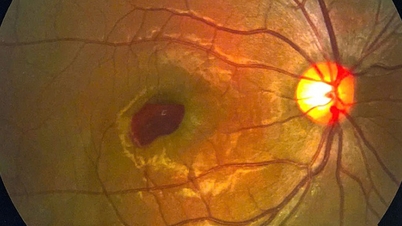









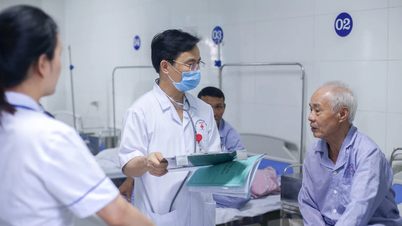
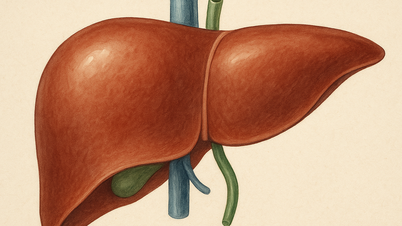
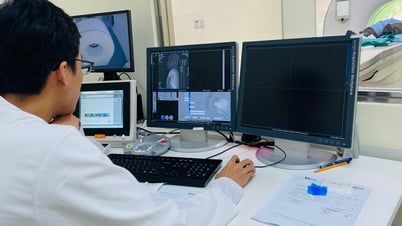
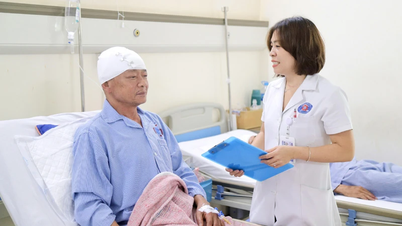
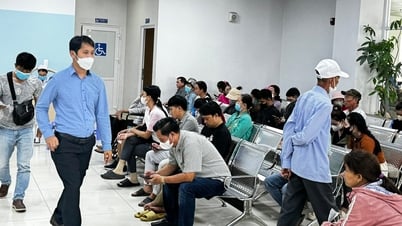






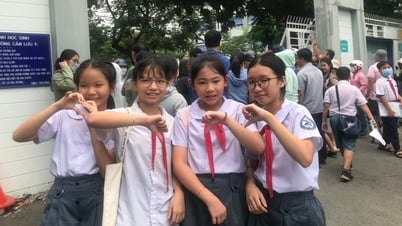
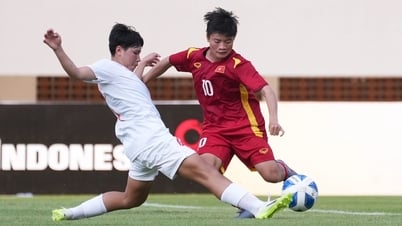
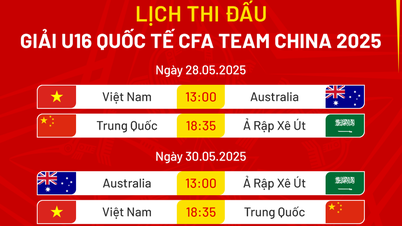
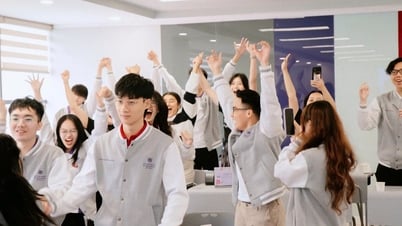
































![[Photo] Prime Minister Pham Minh Chinh talks on the phone with Singaporean Prime Minister Lawrence Wong](https://vphoto.vietnam.vn/thumb/402x226/vietnam/resource/IMAGE/2025/5/8/e2eab082d9bc4fc4a360b28fa0ab94de)










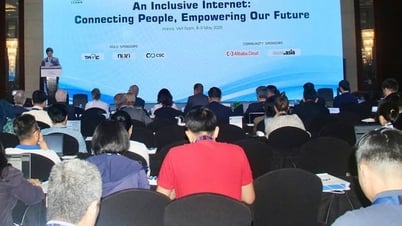








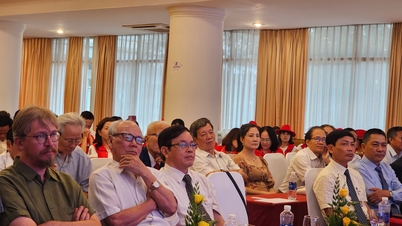














Comment (0)